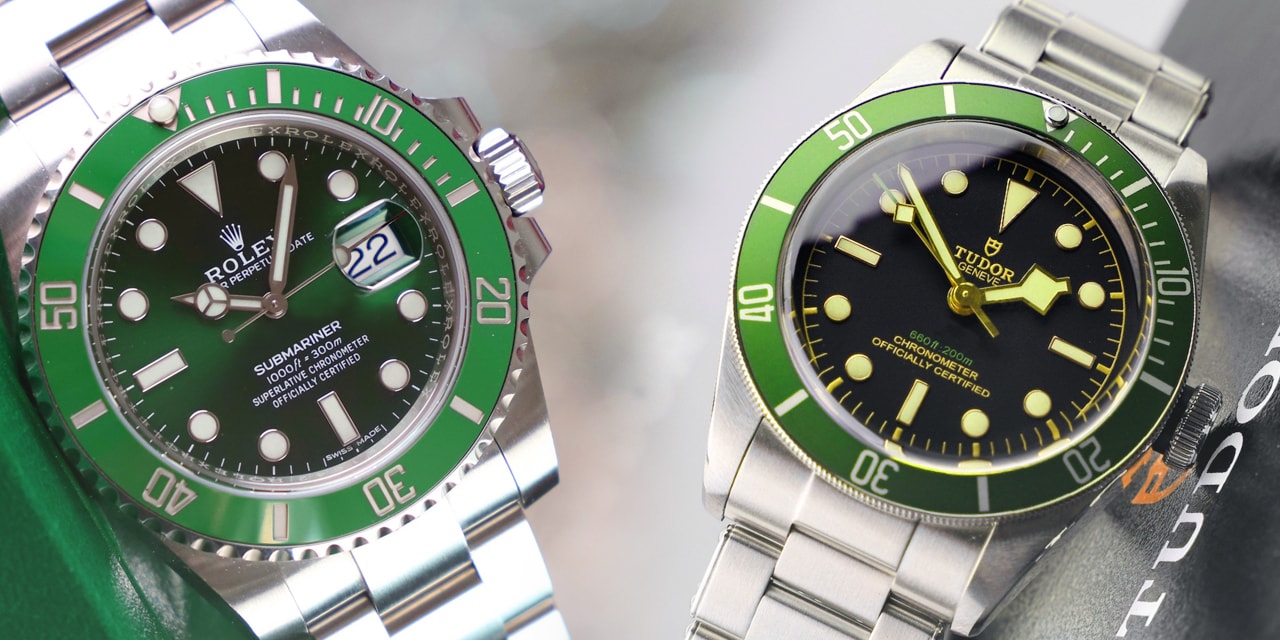Tudor is a Swiss luxury watch brand that was established in 1926 by Hans Wilsdorf, the founder of Rolex. Over the years, Tudor has established itself as a respected and admired watch brand in its own right, known for its high-quality craftsmanship and iconic designs.
One question that often arises in discussions about Tudor watches is whether or not they use Rolex movements. The short answer is yes, Tudor has been using Rolex movements in some of their watches since the 1990s.
The relationship between Tudor and Rolex goes back several decades. In the early days, Tudor used movements from various suppliers, including Valjoux and ETA. However, in the 1950s, Rolex began supplying Tudor with movements, and the two companies started to collaborate more closely.
In the 1960s, Tudor introduced their first automatic movement, the caliber 390, which was based on the Rolex caliber 1030. This was the beginning of a trend that would continue for many years.
In the 1990s, Tudor started using modified versions of Rolex movements in some of their watches. For example, the Tudor Submariner model, which was introduced in 1999, was powered by a modified Rolex caliber 3135 movement. This movement was modified to include a different balance wheel and hairspring, as well as a different balance bridge.
Since then, Tudor has continued to use modified Rolex movements in some of their watches. For example, the Tudor Heritage Black Bay model, which was introduced in 2012, is powered by a modified ETA 2824 movement that has been modified to include a new regulator and balance bridge, as well as a silicon hairspring.
The use of Rolex movements in Tudor watches is not surprising, given the close relationship between the two companies. Both companies share a commitment to quality, innovation, and precision, and they have a long history of working together to develop new technologies and improve their products.
In conclusion, Tudor has been using Rolex movements in some of their watches since the 1990s. This is a testament to the quality and innovation of both companies, and it is a reflection of their commitment to providing customers with the best possible products. Whether you are a fan of Tudor or Rolex, there is no denying the impact that these two brands have had on the watch industry, and their legacy will continue to be felt for many years to come.


